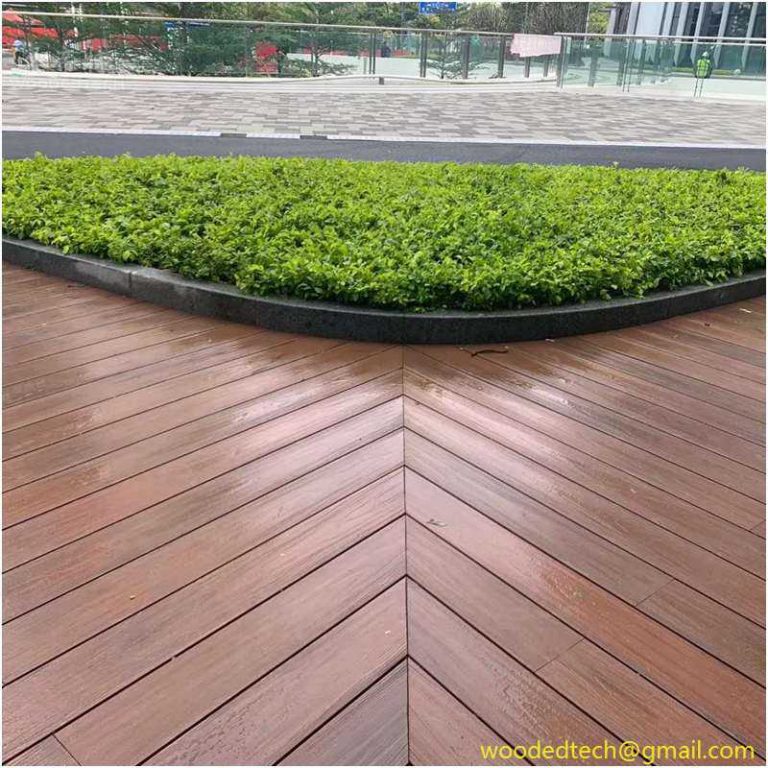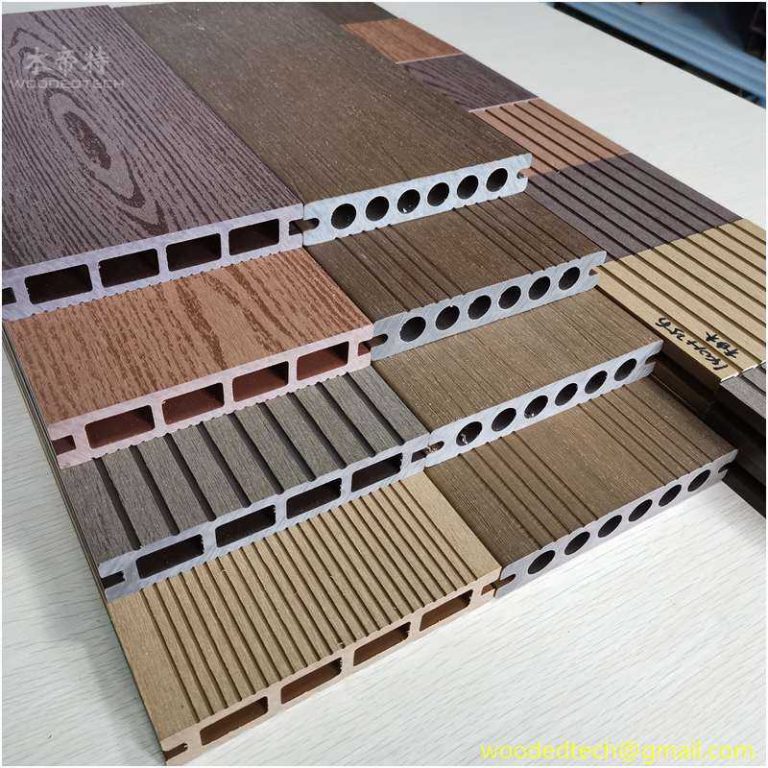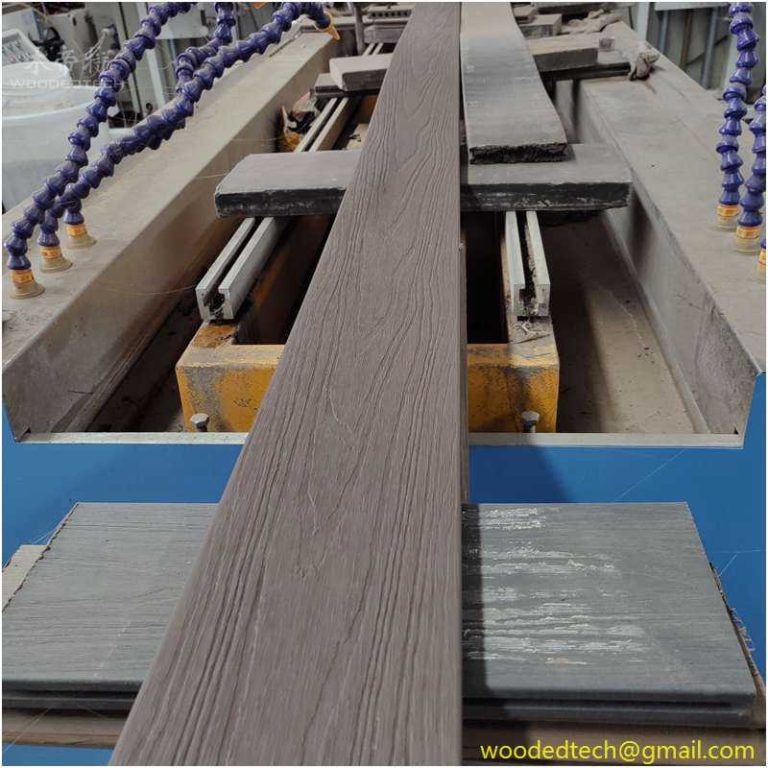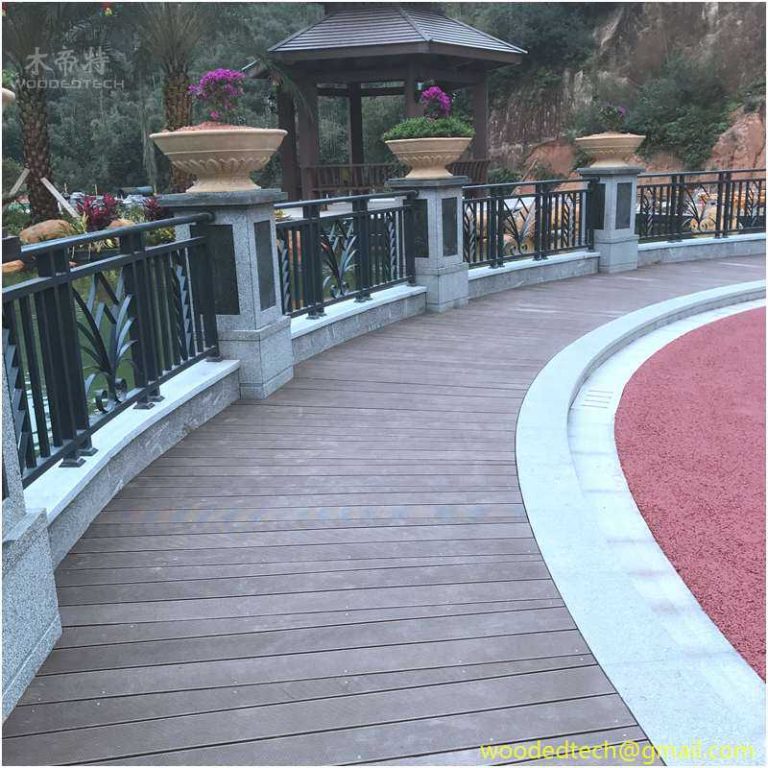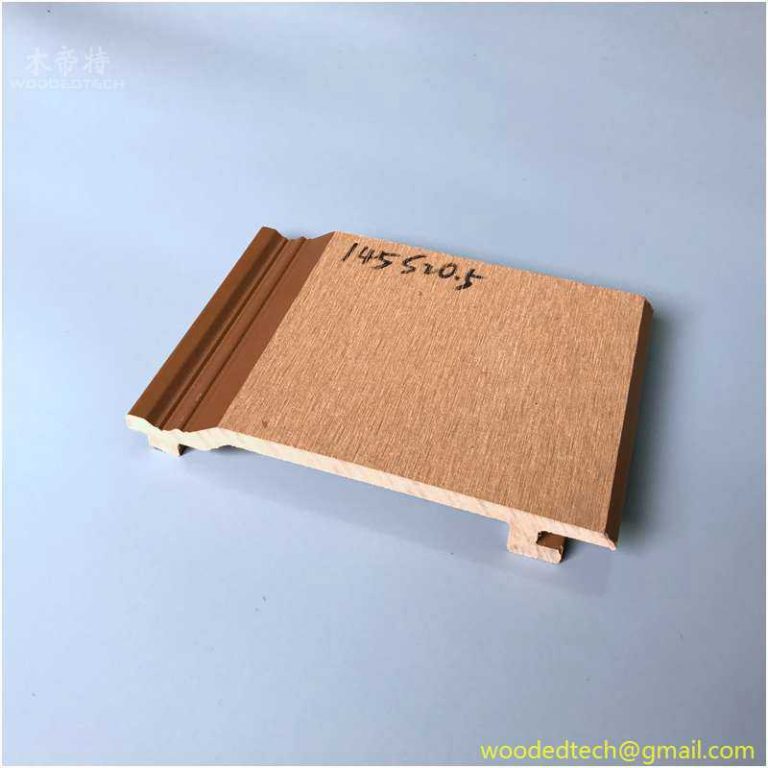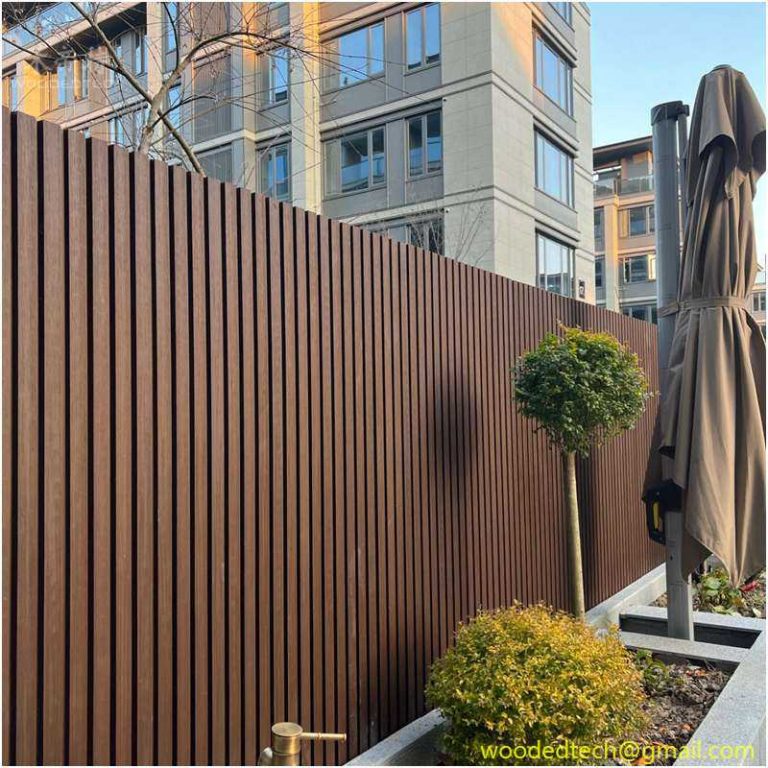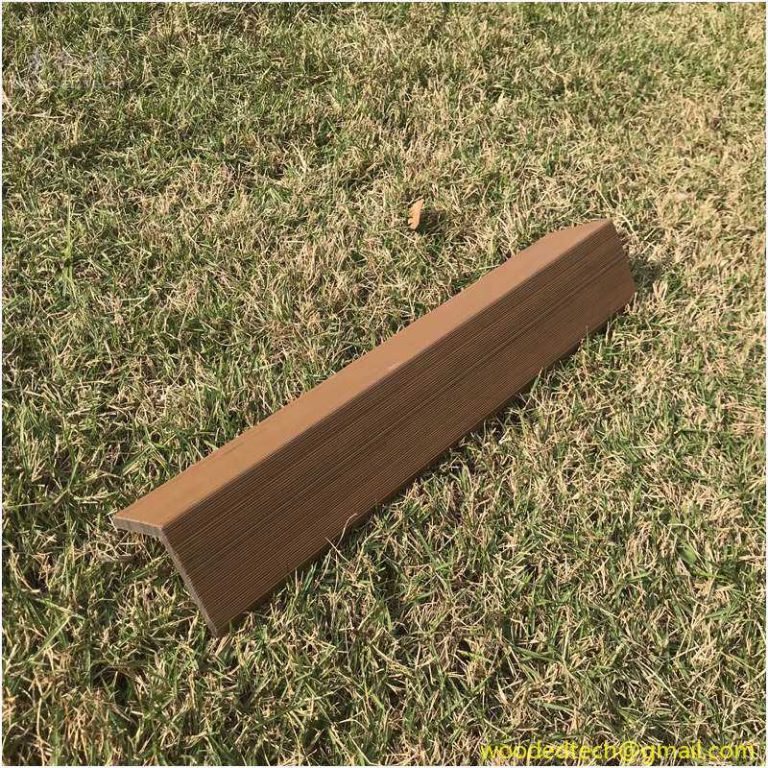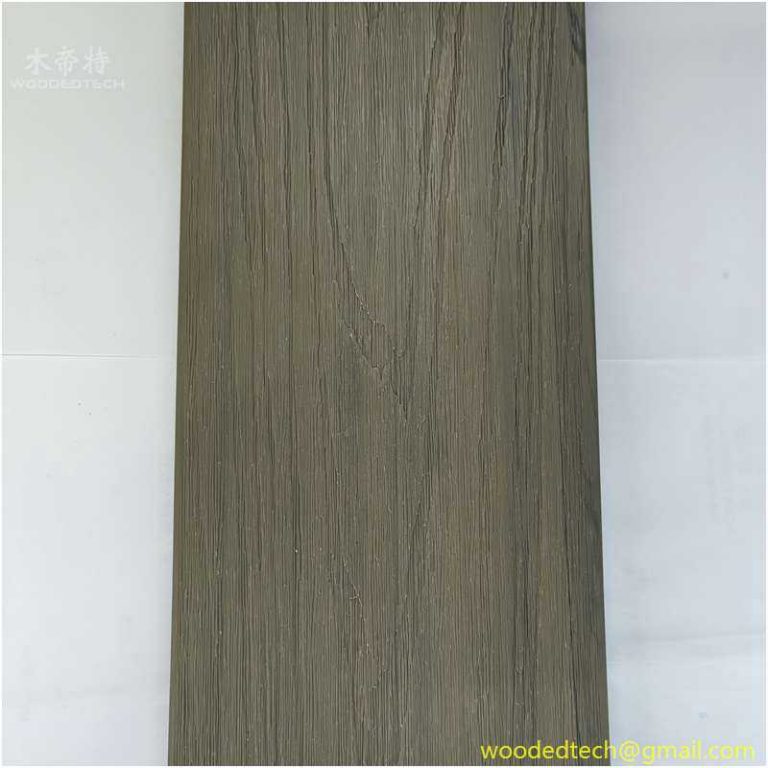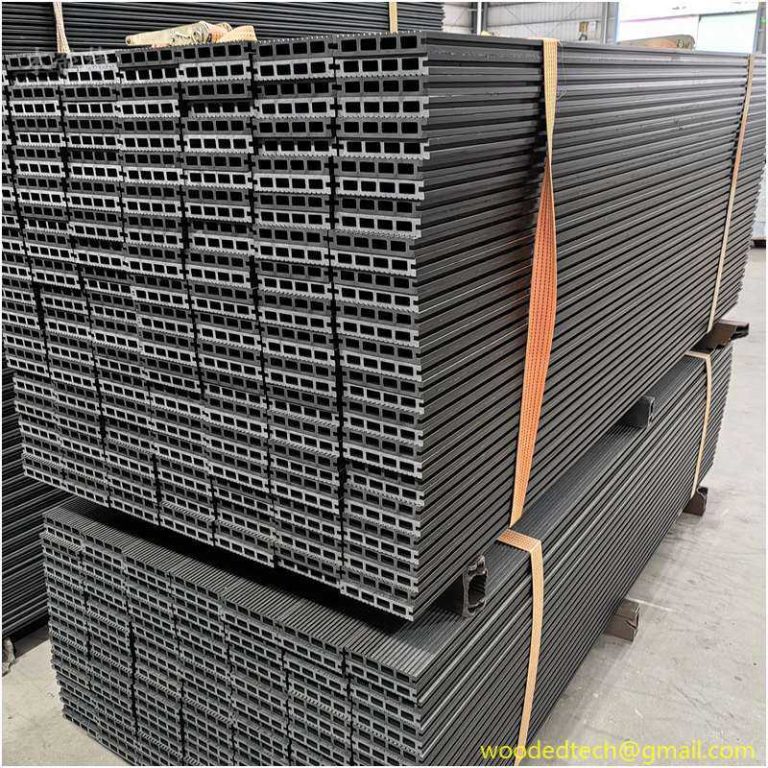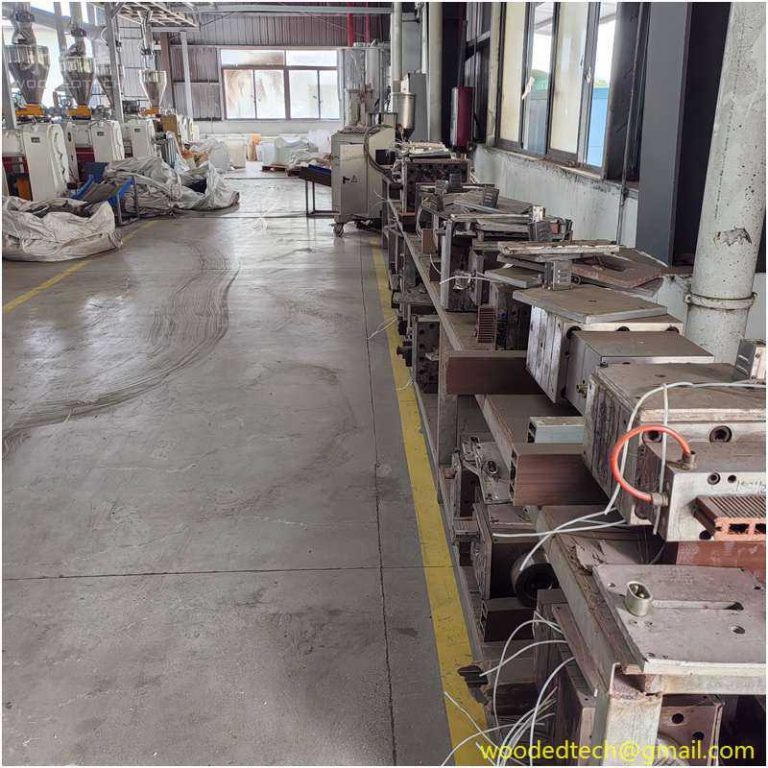wpc co extrusion decking
WPC co extrusion decking is a new type of composite building material that combines the advantages of wood and plastic. It not only retains the natural texture and warm texture of wood, but also has the high strength and durability of plastic.
What’s even more commendable is its environmentally friendly properties.
The main raw materials of wpc co extrusion decking can come from recycled wood and plastic, which not only reduces the over-exploitation of forest resources, but also finds new ways to use waste plastics and realizes the reuse of resources.

